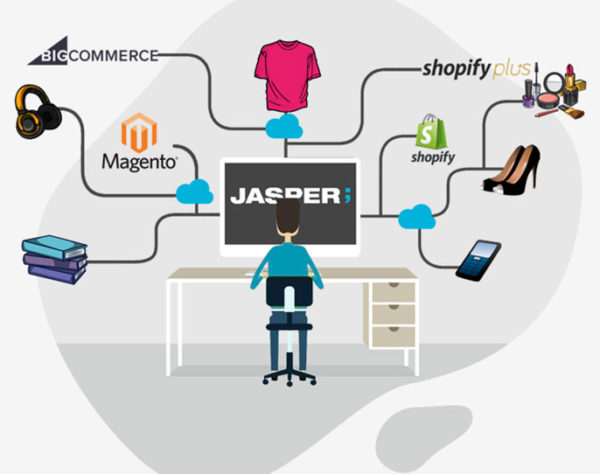Using a PIM to Drive Innovation
Creating an agile technology backbone I came across a Linkedin post the other day with the title: RETAIL IS DEAD! It then went on to show this simple graphic: This type of black and white messaging, typically used in a context designed to make a product or service look favourable, drives me a bit mad. Retail is far from dead and consumers are spending more than ever before, it’s just that now they have more options for how and where to buy the goods they need than at any other point in retail history. Brick and mortar, Desktop, mobile, 3rd party marketplaces, subscriptions, and the list goes on. Are some of these retail channels suffering? You bet. Are some of them evolving? Absolutely. Are some of them seeing record growth? Of course. The challenge then becomes which one, or ones, are right for your business?
Every brand, wholesaler and retailer should be asking themselves “What channels are right for my products and how do I best reach my target audience?”. It’s not a one-size-fits-all scenario, that’s for sure, and often it’s not a single straight path. No more “if you build it they will come” approaches, as it’s typically a multi-faceted, convoluted, multi-channel, zig zag path that leads to a consumer purchase in today’s retail landscape. With new sales-channels constantly evolving, and a larger amount of technological disparity between both generations of consumers and the organizations they buy from than ever before, the key is not to have a locked-in plan and stick with it until the bitter end, but rather to be agile and build your foundation around flexibility and agility. Because your answer today, will surely not be the same as your answer in 5 years. Things are changing too fast. Allow your organization to change directions quickly, try new avenues with as little risk as possible, quickly measure your successes, learn quickly from your failures, and then move on and re-route accordingly.
While people go to great lengths to foster an innovative team environment, and rightfully your technology backbone plays an equally important role. The technology used by your team tends to either create bottleneck within your organization, which can put a hard stop on innovation (i.e., “We can’t receive orders this way”, “We have no insights to gauge success on”, “it’s too time consuming to publish products to multiple channels”, “we aren’t streamlined enough to handle that amount of information”, “we can’t make changes that quickly”, or on the other end, actually drives innovation and your ability to take calculated risks and build a truly innovative company.
So, what does your current technology suite say about your organization?]]>
This type of black and white messaging, typically used in a context designed to make a product or service look favourable, drives me a bit mad. Retail is far from dead and consumers are spending more than ever before, it’s just that now they have more options for how and where to buy the goods they need than at any other point in retail history. Brick and mortar, Desktop, mobile, 3rd party marketplaces, subscriptions, and the list goes on. Are some of these retail channels suffering? You bet. Are some of them evolving? Absolutely. Are some of them seeing record growth? Of course. The challenge then becomes which one, or ones, are right for your business?
Every brand, wholesaler and retailer should be asking themselves “What channels are right for my products and how do I best reach my target audience?”. It’s not a one-size-fits-all scenario, that’s for sure, and often it’s not a single straight path. No more “if you build it they will come” approaches, as it’s typically a multi-faceted, convoluted, multi-channel, zig zag path that leads to a consumer purchase in today’s retail landscape. With new sales-channels constantly evolving, and a larger amount of technological disparity between both generations of consumers and the organizations they buy from than ever before, the key is not to have a locked-in plan and stick with it until the bitter end, but rather to be agile and build your foundation around flexibility and agility. Because your answer today, will surely not be the same as your answer in 5 years. Things are changing too fast. Allow your organization to change directions quickly, try new avenues with as little risk as possible, quickly measure your successes, learn quickly from your failures, and then move on and re-route accordingly.
While people go to great lengths to foster an innovative team environment, and rightfully your technology backbone plays an equally important role. The technology used by your team tends to either create bottleneck within your organization, which can put a hard stop on innovation (i.e., “We can’t receive orders this way”, “We have no insights to gauge success on”, “it’s too time consuming to publish products to multiple channels”, “we aren’t streamlined enough to handle that amount of information”, “we can’t make changes that quickly”, or on the other end, actually drives innovation and your ability to take calculated risks and build a truly innovative company.
So, what does your current technology suite say about your organization?]]>
Comments





